Types of Cheese and How to Pair Them
Cheese, a staple in countless cuisines worldwide, transcends mere sustenance—it embodies centuries of tradition and craftsmanship. The sharp bite of aged cheddar contrasts beautifully with the velvety smoothness of camembert, offering a sensory journey that reflects regional terroir and artisanal skill. Mastering cheese varieties unlocks endless culinary creativity.
This deep dive into cheese culture will illuminate traditional production methods, highlight exceptional varieties, and reveal expert pairing techniques. Prepare to discover how this ancient food continues to captivate gourmands across generations.
The Science Behind Cheesemaking: A Chemical Symphony
Cheese transformation begins when milk meets culture—a delicate biochemical ballet where temperature and timing dictate quality. Rennet's enzymatic action creates the crucial separation between curds and whey, while specific bacterial strains determine whether a cheese develops earthy notes or citrusy undertones. The alchemy continues through careful aging, where humidity-controlled environments coax out complex flavor profiles.
From Soft to Hard: A Spectrum of Textures
Texture tells a cheese's story—fresh chèvre's pillowy softness speaks to its youth, while parmigiano-reggiano's crystalline crunch reveals years of patient maturation. Semi-soft varieties like fontina demonstrate perfect meltability for fondues, whereas aged gouda develops caramelized sweetness that shatters satisfyingly. Texture directly influences both cooking applications and sensory enjoyment, making it a critical consideration for chefs and enthusiasts alike.
The World of Flavors: Exploring Aromatic Profiles
Every cheese wheel carries a distinct flavor fingerprint—from alpine gruyère's nutty depth to stilton's blue-veined pungency. These characteristics emerge through intricate interactions between milk composition, microbial activity, and aging conditions. Artisanal producers often develop signature flavors using time-honored techniques passed through generations, creating taste experiences that industrial producers cannot replicate.
Beyond the Basics: Exploring Specific Cheese Types
The cheese universe extends far beyond common supermarket varieties. Spanish manchego showcases what happens when sheep's milk meets woven grass molds, while French morbier reveals its iconic ash layer—a historical preservation method turned aesthetic signature. Exploring these specialized varieties connects us with cultural traditions and geographical uniqueness.
The Art of Pairing: Cheese and Food Harmony
Successful cheese pairing balances intensity and complements texture. A salty pecorino romano finds its match in honey-drizzled figs, while creamy burrata blossoms alongside heirloom tomatoes. The best pairings create flavor synergies where the whole becomes greater than the sum of its parts—whether combining cheese with fruit, charcuterie, or artisanal breads.
Cheese and Wine: A Match Made in Flavor Heaven
Regional pairing wisdom often proves infallible—Bordeaux with aged comté, Chianti with parmigiano. The science behind these combinations lies in how tannins interact with fat, how acidity cuts through richness. Modern sommeliers now explore unconventional matches too, discovering how orange wines complement funky washed-rind cheeses or how sparkling varieties refresh triple-cremes.
Deciphering Cheese Types: A Flavor Profile Overview
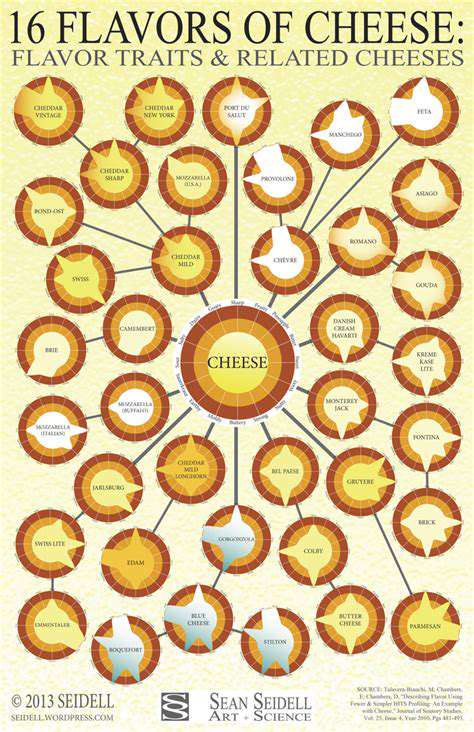
Understanding the Basics of Cheese Flavors
Cheese's incredible diversity stems from countless production variables. Milk type acts as the foundational flavor canvas—goat's milk delivers distinctive tanginess, while water buffalo milk creates mozzarella di bufala's legendary creaminess. Seasonal changes in pasture affect milk composition, meaning spring and autumn cheeses from the same dairy may taste markedly different.
The Impact of Aging on Cheese Flavor
Aging transforms cheese like time improves fine wine. Young cheddar offers mild creaminess, while extra-sharp varieties develop tyrosine crystals that deliver satisfying crunch and umami depth. Cave-aged cheeses absorb environmental microbes that contribute terroir-specific characteristics impossible to replicate elsewhere.
The Role of Milk Fat Content
Fat content dictates both mouthfeel and flavor concentration. High-fat varieties like double-cream brie coat the palate luxuriously, allowing subtle fungal notes to emerge gradually. Reduced-fat cheeses often require intensified aging to develop comparable flavor complexity, resulting in different but equally fascinating taste profiles.
The Influence of Bacteria and Cultures
Microbial communities function as invisible cheesemakers. Propionic bacteria create swiss cheese's characteristic holes and nutty sweetness, while brevibacterium linens gives limburger its infamous aroma. Artisan producers sometimes cultivate house-specific cultures that become their signature, much like sourdough starters in bread baking.
Exploring Regional Variations in Cheese Production
Geography shapes cheese identity profoundly. Alpine varieties develop firm textures from being pressed during mountain aging, while coastal cheeses may absorb briny notes from sea air. Protected designation of origin (PDO) regulations preserve these regional identities, ensuring traditional methods continue producing distinctive flavors.
Beyond the Basics: Exploring Other Flavor Descriptors
Advanced cheese tasting reveals flavor dimensions comparable to wine or coffee. Some blues exhibit metallic minerality, certain goat cheeses carry herbaceous notes, and well-aged goudas develop butterscotch characteristics. These nuanced flavors emerge through complex biochemical processes during extended maturation periods.
Scalp tension often manifests as localized discomfort. Stress-induced muscle contractions frequently concentrate in the occipital region, creating pressure that can mimic other conditions. Regular massage and posture adjustments often provide relief.
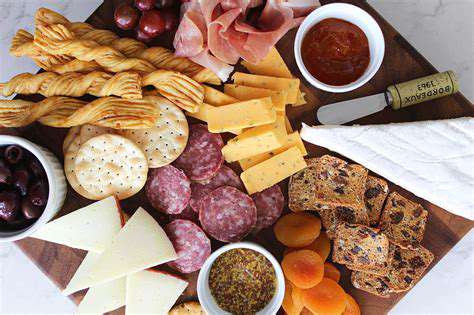
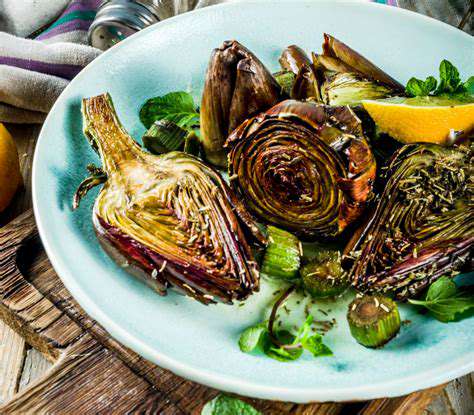
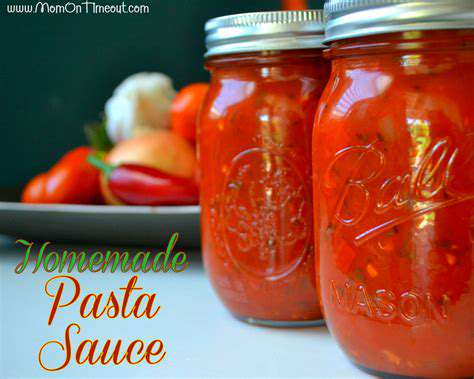
![Best Mexican Restaurants in [City]](/static/images/28/2025-05/FineDiningMeetsMexicanFlair3AAnElevatedCulinaryExperience.jpg)
![Best Vegetarian Restaurants in [City]](/static/images/28/2025-05/LocalFavoritesandHiddenGems.jpg)
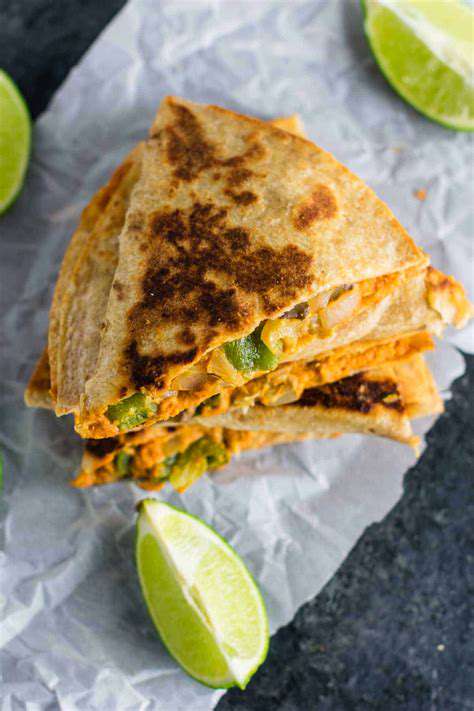


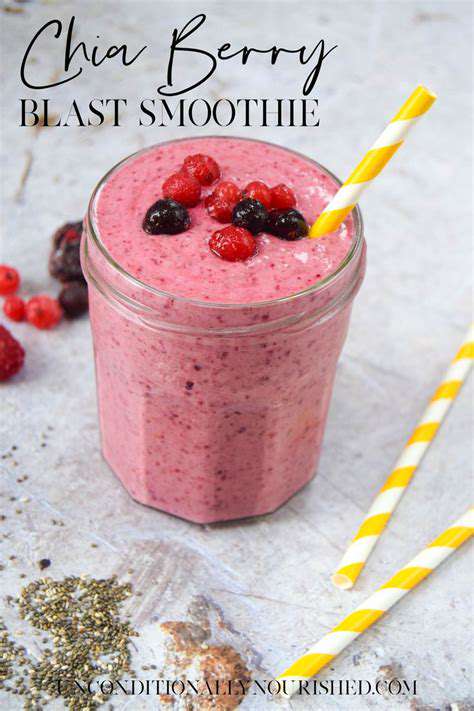
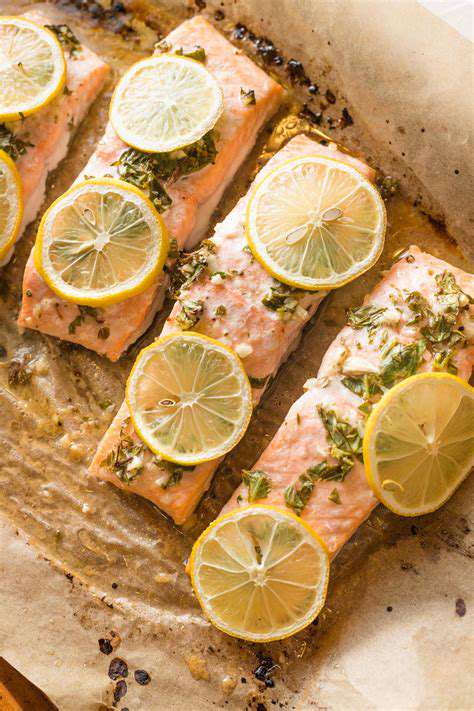
![Review: The Best [Cuisine] Outside [Country of Origin]](/static/images/28/2025-05/BeyondtheMainstream3ADiscoveringHiddenGems.jpg)

